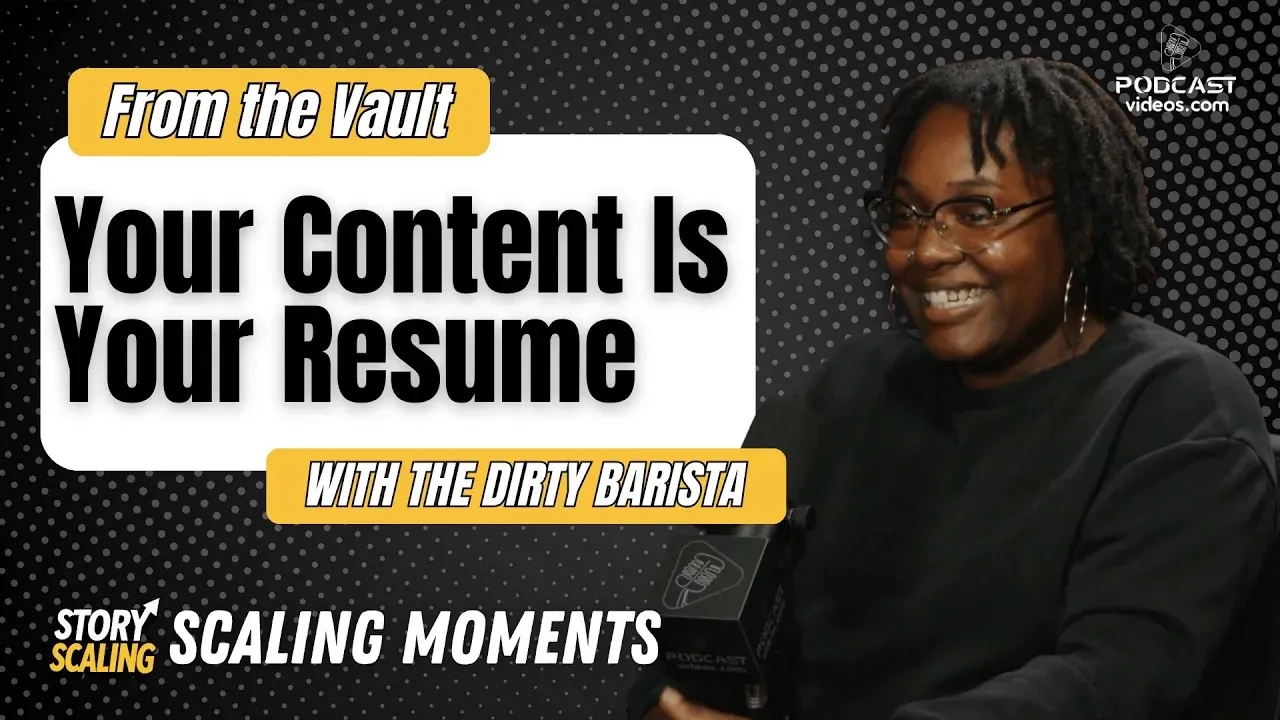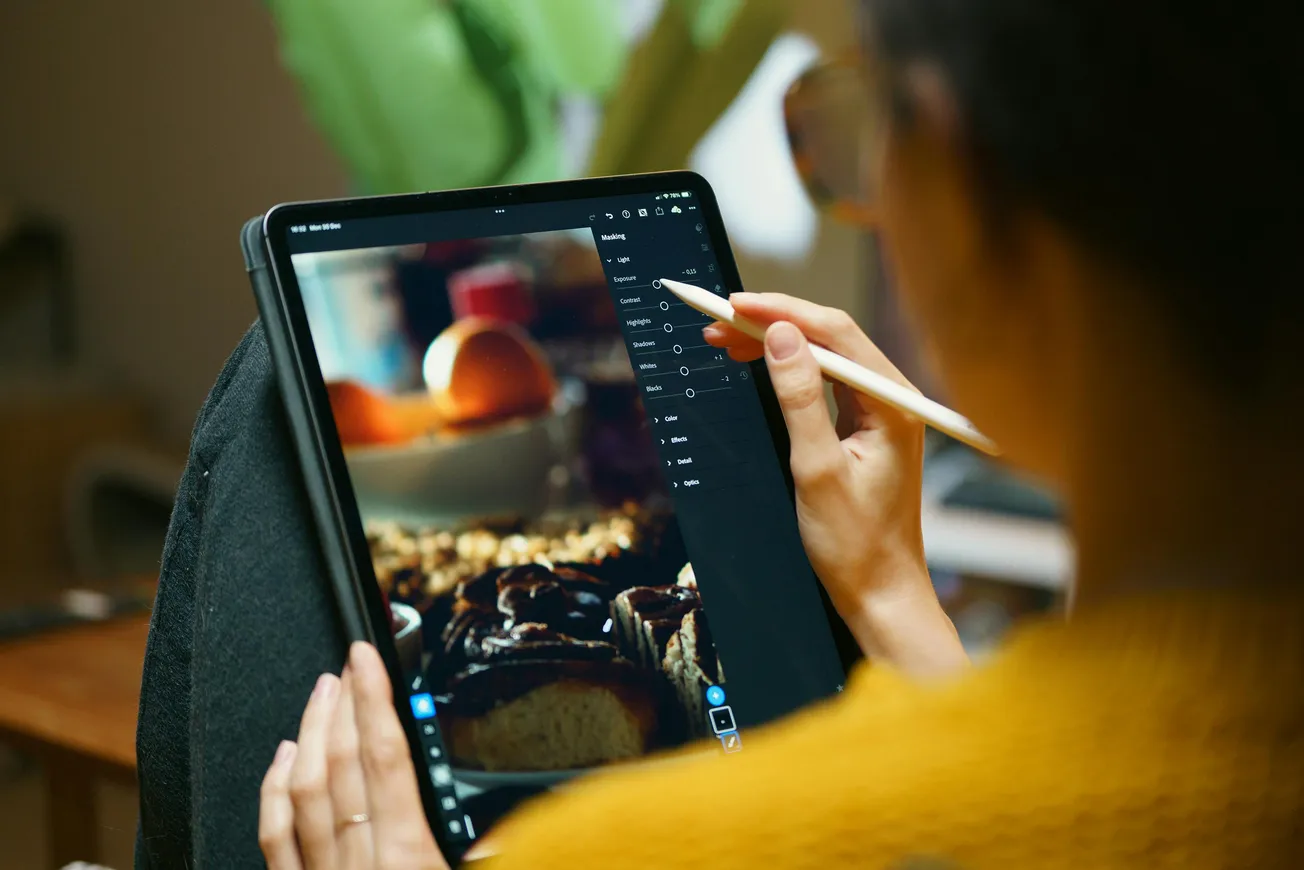TL;DR: It's more than omnichannel marketing. Conversational video IS your new strategy. If you're not publishing video content, you’re already behind on this once in a decade opportunity.
Full Article Below
The marketing landscape is undergoing its most dramatic shift in decades. It's bigger than the shift from print media and TV ads to buying ad space online. It's about getting conversational video in both long and short formats in front of your audience, on their social media platform of choice, and ad spend is lagging behind this shift. It's a once in a decade opportunity.
Hyper-personalization though larger platforms like Google Ads is a commodity where the biggest spender wins. If you aren't identifying your target markets and getting on the social platforms they're on, you're missing the boat.
According to eMarketer, digital ad spend is projected to reach $836 billion globally by 2026. But it’s not just the amount of spend that matters, it’s how intelligently it’s used. Businesses that understand how to leverage their data and optimize their marketing stacks are building competitive moats around their brand.
What Digital-First Really Means
A common mistake many companies make is equating online presence with digital transformation. Posting on social, running ads, and sending emails are table stakes. Being truly digital means:
- Aligning marketing efforts with real-time customer behavior.
- Using AI to trigger messaging sequences based on predictive analytics.
- Building integrated martech ecosystems where data, messaging, and media execution operate as one.
Data: The New Creative Director
Modern marketing campaigns are born in spreadsheets and dashboards before they ever become headlines or hashtags. But there’s a significant gap between data collection and execution. According to McKinsey, 65% of CMOs admit they’re not confident in their analytics stack.
Companies must build closed-loop systems that tie user actions to outcomes, feeding those insights back into marketing strategy. For podcast marketers, that could mean:
- Mapping listener behavior across platforms.
- Identifying drop-off points in audio engagement.
- Segmenting audiences based on listening habits and content themes.
Adapting Content to a Digital Reality
Every platform has its own language. A TikTok reel, a LinkedIn post, a podcast episode, and a YouTube short serve different purposes and audiences. Smart marketers tailor content by format, distribution channel, and intent.
Instead of asking, "What should we publish?" the right question is, "What content experience does our audience need next?"
Checklist for True Digital Readiness:
- Is your CRM feeding audience data into your content calendar?
- Are your podcast ads dynamically inserted based on real-time behavior?
- Do you run A/B tests on social captions and headlines?
- Are you tracking podcast analytics beyond downloads (completion rate, CTA click-throughs)?
Recommended Reading:
- HubSpot's State of Marketing Report
- McKinsey's Insights on Marketing and Sales
- Video Leads Industry Growth Trends
You don’t have to be perfect, but you do have to be in motion. A lack of change is the fastest way to become irrelevant.






